There are some subjects that just put a little more pep in my step than others, and fractions are at the top of that list. I'm not sure if it's the visual aspect, the tendency to talk about fractions in terms of food (food, yum), but fractions are just the chef's kiss for me. If math had love languages, fractions would be it for me. I can never get enough fraction activities for my students!

It's probably my own love of fractions that has prompted me to get so passionate about finding ways to teach kids how to love fractions too. Fractions can feel big and hard and intimidating so it's important to find a way that is kid-friendly and fun when they are first introduced in your classroom.
#1 Fraction Knockout
I've talked about Knockout a lot on the blog, and will continue to do so. Why? Because it is–hands-down–the most engaging game I've ever played in any of my classrooms. There's teamwork, skill, luck, sportsmanship, and so much fun rolled into every single Knockout game. You can read more about how to play here, but the gist is you split your class into 2 lines. Players must answer correctly first in order to remain in the game. The goal is to not get knocked out, and to be the last time left with players standing.
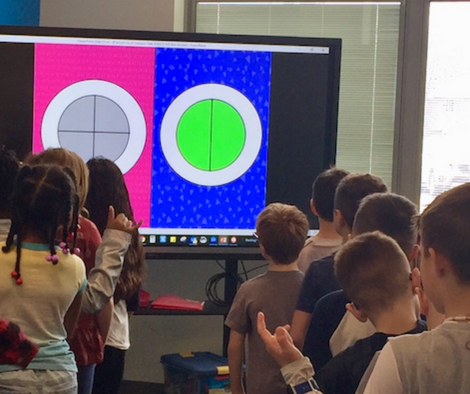
The fraction version of this game is great because it includes fraction pictures and visuals, fraction notation, and more ways to explore fractions.
You can grab a free fraction Knockout game (no strings attached!) below. I've included a primary and upper elementary version.
#2 Fraction Friends
This one works well if you have a class set of tangrams or fraction tiles, but a good set of fraction flashcards can work too. Hand out 1 tile, tangram, or printed fraction card to every student. When you give the signal to begin, students walk around the room finding their fraction friend. A set of fraction friends might be 2 students holding identical halves of a circle, 3 students holding identical thirds of a triangle, and so on. The goal here is for students to recognize that fractions must be equal-sized pieces of the same whole. It also allows for exploration, as some pieces might fit with multiple fraction friends.
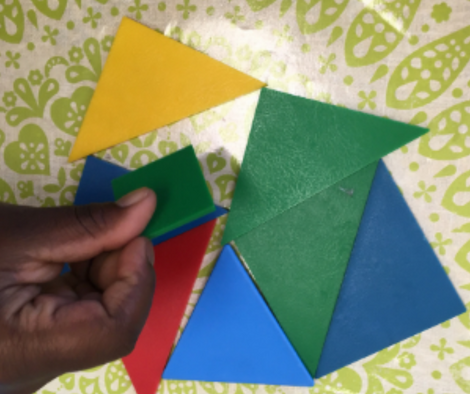
Make sure to host a discussion immediately following since the problem-solving and issues that arise can really teach some of those core fraction concepts in a real-life setting.
#3: Listen and Draw
This is one of the most straightforward and simple fraction activities. It's also a bit different since it involves fraction visualization. Students find a spot in the room with their math journals or personal whiteboards. The teacher reads aloud a fraction word problem. Students illustrate the problem in real-time. Then, the class reveals the answer at the same time. This can sometimes be simply drawing a fraction described in the story, adding fractions together, or any other fraction skill you are working on. This site has several word problems you can use for fractions, but I'm sure a quick Google or TeachersPayTeachers search will get the job done too!
#4: Imagine if…
Find an object around the classroom (or keep a bag of objects specifically for this purpose). “Randomly” produce an item and ask students the question: “Fraction or not?” This will lead to a discussion about whether that item can or cannot be broken into fractions. Some items to use that may want to include in your own “fraction or not” bag are listed here:
- Chocolate bar
- Beach ball
- Ruler
- Coin
- Book
- Paperclip
- Cotton ball
- Lip balm
#5: Show me
This is one of those fraction activities that would be a great alternative to your traditional paper + pencil summative assessment. It can also be done just for fun!
Here's how it works: Announce fractions to your students, one at a time. Students, seated together or separately with notebooks or dry erase boards, will write or draw the fraction on their whiteboard. Once they have produced the fraction you announced, you say “Show me another way.” Students will then produce another version of the same fraction. This continues until students can no longer find another way to make the fraction.
To add another layer to this activity, the teacher or a chosen student recorder can add the ideas to an anchor chart.
Tip: This is definitely an activity that requires some modeling before doing this the first time. You can practice as a group thinking of ways to make fractions: drawing them, writing them, writing the words, using shapes, etc.
P.S. You can check out the complete Knockout fraction pack for K-2nd here and for 3rd-5th here.

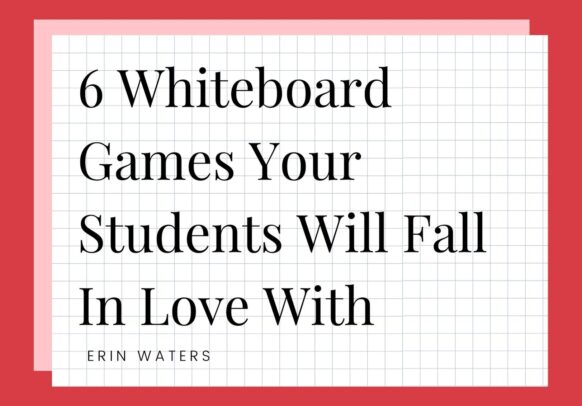
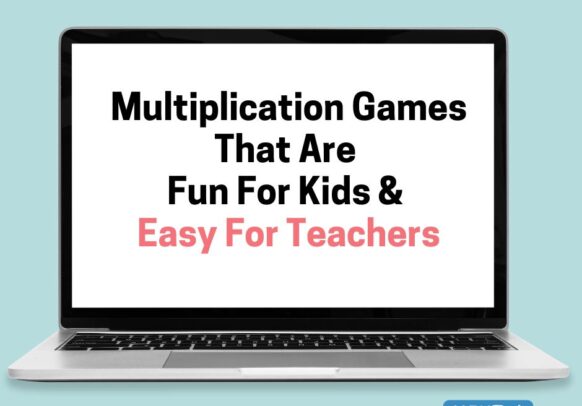
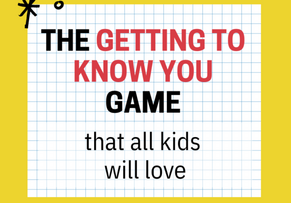
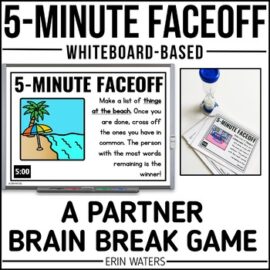

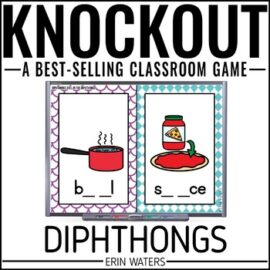
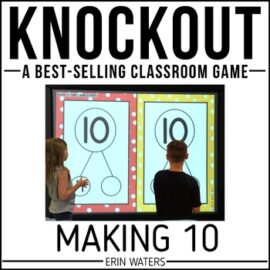
 Arm you with high-quality tools: Sleep peacefully at night knowing you’re doing what’s best for your students.
Arm you with high-quality tools: Sleep peacefully at night knowing you’re doing what’s best for your students. Save your energy: Provide resources that cost you little energy (that stuff is precious)---but have high impact on your students.
Save your energy: Provide resources that cost you little energy (that stuff is precious)---but have high impact on your students. Light your spark: Putting fun back into your classroom after the hardest teaching years can be just what you and your students need.
Light your spark: Putting fun back into your classroom after the hardest teaching years can be just what you and your students need.
Leave a Comment